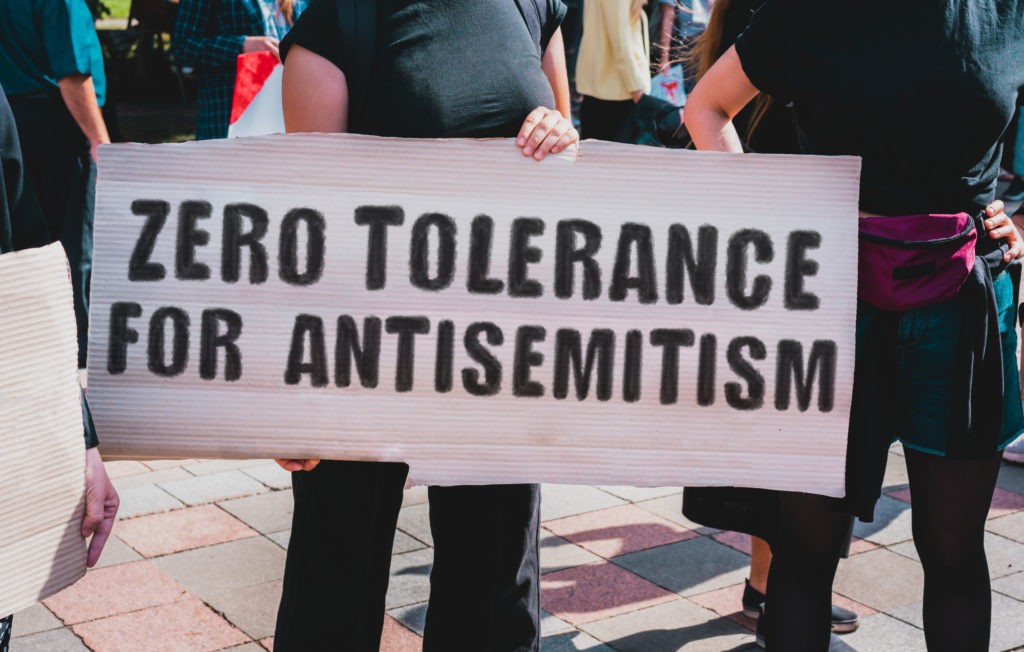The twentieth century witnessed the emergence of American Jewry on the world Jewish scene. As the century opened, the United States, with about one million Jews, was the third largest Jewish population center in the world, following Russia and Austria-Hungary. About half of the country’s Jews lived in New York City alone, making it the world’s most populous Jewish community by far, more than twice as large as its nearest rival, Warsaw, Poland. By contrast, just half a century earlier, the United States had been home to barely 50,000 Jews and New York’s Jewish population had stood at about 16,000. Immigration provided the principal fuel behind this extraordinary American Jewish population boom. In 1900, more than 40 percent of America’s Jews were newcomers, with less than ten years in the country, and the largest immigration wave still lay ahead. Between 1900 and 1924, another 1.75 million Jews migrated to America’s shores, the bulk from Eastern Europe. Where before 1900, American Jews never amounted even to 1 percent of America’s total population. But by 1930, Jews formed about 3 percent. There were more Jews in America by then than there were Episcopalians or Presbyterians. This timeline of anti-Semitism chronicles the facts of anti-Semitism, hostile actions or discrimination against Jews as a religious or ethnic group, in the 20th century. It includes events in the history of anti-Semitic thought, actions taken to combat or relieve the effects of anti-Semitism, and events that affected the prevalence of anti-Semitism in later years.

The history of anti-Semitism can be traced from ancient times to the present. In the late 19th and early 20th centuries, the Roman Catholic Church adhered to a distinction between “good antisemitism” and “bad antisemitism”. The “bad antisemitism” promoted hatred of Jews because of their descent. This was considered un-Christian because the Christian message was intended for all of humanity regardless of ethnicity; anyone could become a Christian. The “good antisemitism” criticized alleged Jewish conspiracies to control newspapers, banks, and other institutions, to care only about accumulation of wealth, etc. Many Catholic bishops wrote articles criticizing Jews on such grounds, and, when accused of promoting hatred of Jews, would remind people that they condemned the “bad” kind of anti-Semitism. The factors that produced anti-Semitism in the twentieth century are well known and have been abundantly discussed. Competition for places generated economic discrimination. The movement to restrict immigration gave rise to a chain of arguments in which Jews, like other newcomers, were blamed for pauperism, vice, crime, and every other social evil. The growth of racist thinking allowed men, like Madison Grant and Lothrop Stoddard, to foster the Aryan myth. Most important, perhaps, was the xenophobia of the war years that led many Americans to reject every kind of tie with Europe. There was, in addition, another factor that has not been aswell evaluated- the disappointment of many radicals and reformers who somehow came to blame the Jews for their failure after 1900. The great populist, Tom Watson, was only the most striking of many figures who felt the world was plunging hell-ward and who held the Jews responsible for the descent. Moreover, the mass of decent folk who joined the Klan and who read the Dearborn Independent came from areas that had in the 1890’s been strongly moved by radicalism. Yet, these later prejudices were not inscribed upon a tabularasa. They were overlaid on attitudes toward the Jews that had already taken form before the turn of the century.
An examination of those anterior conceptions will throw light both on the general American view of the Jew in the 1890’s and on the nature of radicalism in that decade. The ten years after 1890 were not only free of anti-Semitism, they were actually marked by distinct philo-Semitism. The picture of the Jews existed in the minds of people who were horrified by the Dreyfus Case, people who condemned pogroms in Russia, ritual murder charges in Hungary, and the distorted propaganda of the Stoeckers and Drumonts in France and Germany. To a certain extent that picture was based on real contacts with Jews. As the number of Jews in the United States grew through the nineteenth century, they became familiar figures in every part of the country. From dealings with them emerged a distinct stereotype, the features of which were dictated by the condition of the Jews as immigrant. All those stereotypes changed spontaneously in the twentieth century due to the changes in societal moral and specifically technological advancement that has limited contacts among people.